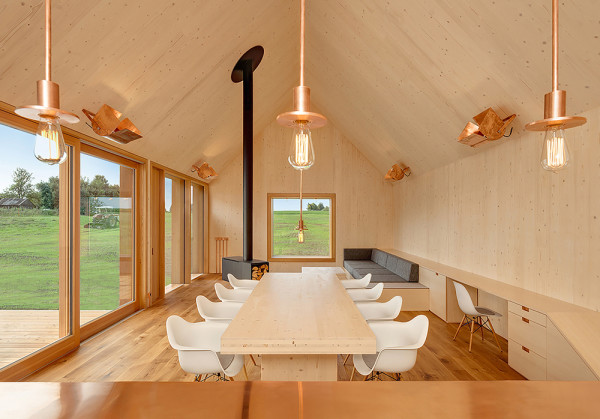
As the proud owner of an older property, the words “timber decay” are probably the last things you want to hear. Discovering that your woodwork is being eaten away by rot or wood beetles is never good news, and many homeowners, in their panic, resort to drastic measures to restore their home’s health.
The truth is, in many instances the heavy-duty chemical treatments, insecticides and preservatives aren’t the best solution. They may be one option, but before you shell out fistfuls of cash for a quick fix, it may be worth paying a small fee to have a specialist timber survey to accurately diagnose the problems in your building, and a prescribe a more reasonable solution. In the long-term, these will often work out cheaper and save your home from a lot of unnecessary work.
How do you know when to be concerned about damp timber in your home? Here are the top three causes of decaying woodwork.
Wet Rot
The most common cause of timber decay is wet rot, where damp becomes embedded in the woodwork due to prolonged exposure to moisture. Lack of ventilation is a key accelerant of wet rot, and if there are any spots in your home suffering from standing water, you should check them out. Windowsills (inside and out), floorboards embedded in damp walls, and window frames are particularly vulnerable to rot, so keep an eye on their condition during colder months.
How serious is wet rot?
Most of the time wet rot in woodwork is fairly localised and will disappear if the moisture levels are brought back down. You can then treat the affected wood with a specialised resin to harden it back up. In stubborn instances, the affected area may need to be cut out and a new piece spliced in, but only in very severe cases is your building at risk from permanent structural damage. Ensuring that you keep rooms well-ventilated (allowing them to air, cleaning out air bricks etc.) will usually keep wet rot at bay.
Dry Rot
The serpula lacrymans fungus, or dry rot, is a considerably more sinister problem. Airborne spores of the fungus settle on damp timbers within a building, and suck the moisture out until it’s dry and crumbling. To catch dry rot in its early stages, look out for wood or paintwork cracking in square-shaped patterns, and grey, web-like roots spreading across a surface. Eventually, the fluffy webbing will turn into a flat fruiting body (resembling a pancake), emitting spores into the air and spreading the problem.
How serious is dry rot?
If it’s spotted and treated quickly, localised dry rot can be tackled without too much trouble. However, its ability to spread through buildings can quickly escalate the severity of a breakout, and an accurate cost for remedial work will often require the full extent of the damage to be inspected beforehand. This may mean that significant parts of the property need to be stripped out prior to treatment.
Rectifying the source of the damp should prevent the fungus from germinating, ultimately drying it out and killing it off. Improve the ventilation in rooms affected by dry rot (a dehumidifier can help in extreme cases), and make sure to properly fix the root of the moisture. If the rot has already extensively spread, badly damaged timbers may have to be removed and remaining woodwork may require protective treatment.
Wood Beetle Infestation
A wood beetle infestation can often be identified by the presence of bore holes in beams, floorboards, behind timber panelling and around loft hatches. You will likely notice a swathe of boreholes (rather than just one or two), approximately 1mm in diameter, which are created from wood beetles laying their eggs inside the wood and the larvae later tunnelling through to the surface.
Only fresh bore holes suggest that the problem is current – look for pale wood inside the holes and small piles of very fine dust (frass) at the exit. If the holes appear dark, and there is no sign of frass then you probably do not need to worry about an active beetle problem. If you want to be sure, you can perform a test by covering the timbers in tissue paper (glue it down with wallpaper paste or similar) or a coating of timber wax. If the insects are present then you can expect to see this coating bored through in spring.
How serious is beetle infestation?
Wood beetles only pose a threat when the timber is suffering from a high moisture content. Damp will allow the wood to become softer and more accommodating for a beetle infestation which will weaken the timber further. Addressing the source of damp will start to solve the problem, and reducing the moisture content of the timber will make it gradually uninhabitable for the beetle colony. For particularly pervasive infestations you may want to speed up this process by applying a specialist insecticide to the affected areas.
With the proper attention, timber decay doesn’t have to be a life sentence for your home or your bank balance. The golden rule is to keep your home well-ventilated throughout the winter months and look out for signs of trouble.




 POSTED BY
POSTED BY 

